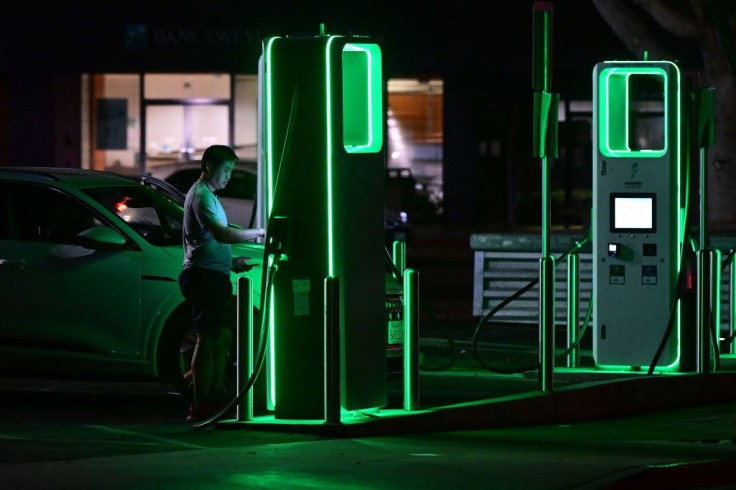The US would need over 1 million electric vehicle charging ports, six times more than the number of fuel gas stations in the country, to reach its zero-carbon emission goal, the Wired estimated.
As of writing, the country only has 188,600 public and private charging ports, less than one-fifth of the required charging ports for the country to shift towards EVs by 2040.

Charging stations are far fewer at 67,900 in select areas and states than the more accessible 145,000 gas fueling stations.
Wired data collaborator Coltura projected that 90% of housing units would need an EV charging station to meet at least 70% of the demand.
These hurdles, along with the huge funding needed to accomplish the monumental task, made several lawmakers double-take on the administration's push to start the transition in 2026.
Why More EV Charging Stations Needed Than Fuel Stations?
The reason for the high number of charging ports needed stems from the difference between EVs and gas-fueled cars' energy consumption.
Traditional car drivers can simply store more fuel in their cars by carrying extra gallons they can refill anytime.
This is the opposite of EV cars, which can only carry the maximum energy limit their battery can contain. Once the energy is depleted, EV drivers would need to charge again.
This unsustainability in long-distance drives can only be solved through more accessible EV charging ports on every major highway, metropolis, and traffic area.
Related Article : Biden Admin to Ease EV Transition Rules on Tailpipe Emissions
EV Transition Receives Pushback from Car Dealers, Law Makers
With many issues prevalent with the transition, the US government's push to fasten the country's shift towards zero-carbon emission remains at a deadlock as car dealers and lawmakers push back against its bills.
Several car dealers have earlier opposed the White House's plan to tighten rules on tailpipe emissions, a trend also highlighted by lawmakers hesitant on the transition.
So far, the administration has lightened policies around its current efforts for the transition as it looks for alternatives that would not impact major businesses in the US.









